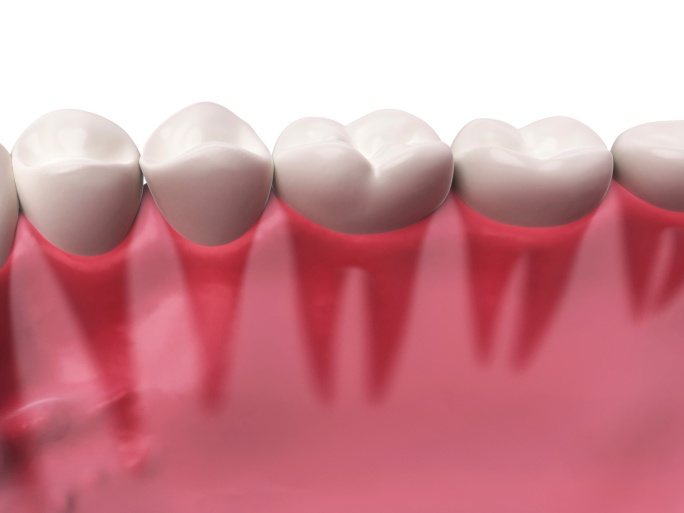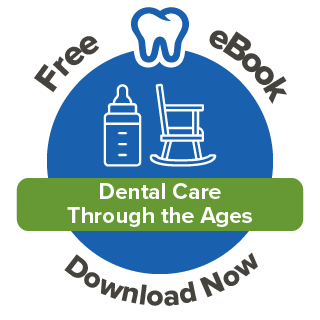By Kate Ranta on Jan 5, 2021 @ 09:35 PM
Going to the dentist can be a bit overwhelming. Drill sounds, unfamiliar instruments, and a lot of procedures -- oh my! We hear a lot of words we know but with new contexts like crowns, bridges, caps, and implants. So when your dentist says you need a “crown,” you might not know what they mean. So let’s learn about the different types of dental crowns and what to expect.
The Crowning Glory of Tooth Restoration
Your dentist’s job is to keep your teeth strong, healthy and your smile dazzling. Some teeth just need a simple filling to restore them to health, but other teeth need more than that—like a dental crown.
This is a type of “cap” that covers your entire tooth, starting at your gum line. This helps bring back your tooth's strength, shape and appearance. These caps look like a tooth replacement, but part of your original tooth is still inside them. They are simply your tooth’s new crowning glory.
Temporary or Permanent?
For children, a temporary, stainless steel crown may be placed over a decayed baby tooth. When the new adult tooth pushes out, it will push out the temporary crown, too.
Adults may receive a temporary crown initially. That’s because the permanent crowns usually have to be made to order at an outside dental lab. You will need a temporary cap until the new permanent crown is ready. The temporary crowns for adults typically are made right in your dentist’s office using acrylic or stainless steel.
Types of Permanent Crowns
Permanent crowns come in a variety of materials: metals such as gold, porcelain-fused-to-metal, resin or porcelain (also referred to as ceramic).
- Porcelain. These days porcelain crowns are the most popular choice because they can restore your tooth, protecting it from further harm. They also most closely match the tooth’s original, natural look—or even improving upon the original.
Porcelain crowns have obvious advantages if you have allergies to metals, and if the tooth that needs a crown is in the front part of your mouth.
- Porcelain-fused-to-metal. Stronger than a porcelain crown without metal, these types of crowns may be needed in the back of your mouth if you tend to grind those back teeth at night, for example, but you still prefer a natural look.
These crowns also can be made to match your own teeth, but the porcelain can wear down over time, leaving the metal showing. Your dentist can help you identify the benefits and any drawbacks of these types of crowns in your specific situation.
- Metals. Dental crown metals are described as “gold alloys” (gold, copper and other metals) and “base metal alloys” (non-noble metals).
Both alloys are gentle on neighboring teeth and long-lasting. These types are good for those “out-of-sight molars” because you can keep more of your own original tooth and the metals stand up better to hard chewing.
- Resins. The advantage of these types of crowns is the cost: they simply cost less. The drawback is that they also are more likely than porcelain-fused-to-metal crowns to wear down and even fracture.
Now the next time you're at the dentist and they say you need a crown, you'll now know your options and be better equipped in picking out the one that's right for you! Not sure what else you should be asking your dentist at your next appointment? We've got you covered! Click on the image below to see our top 10 questions to ask your dentist and download today!




comments